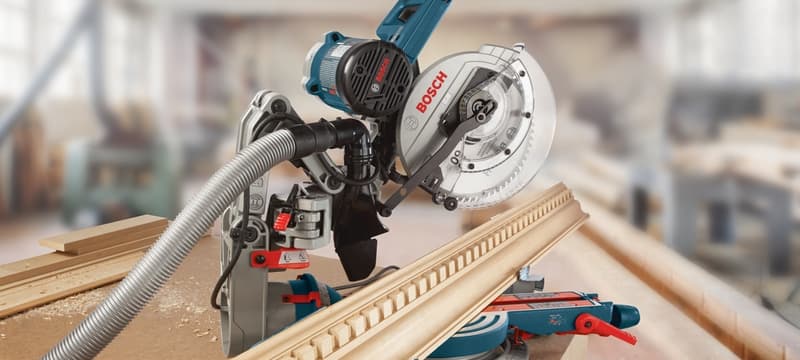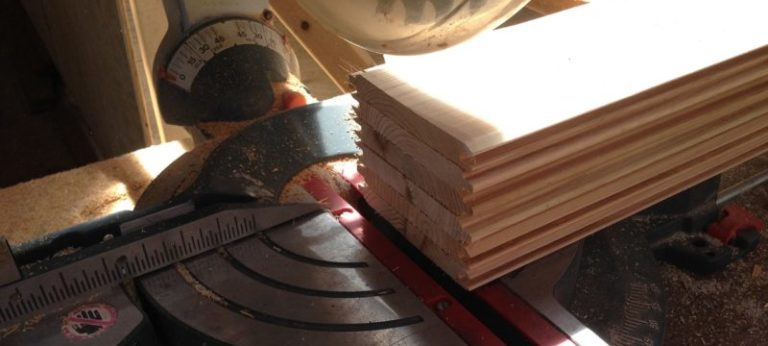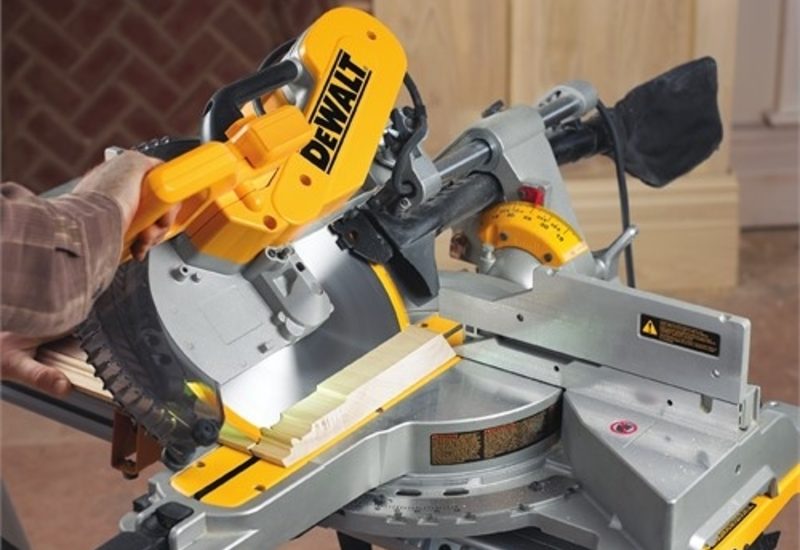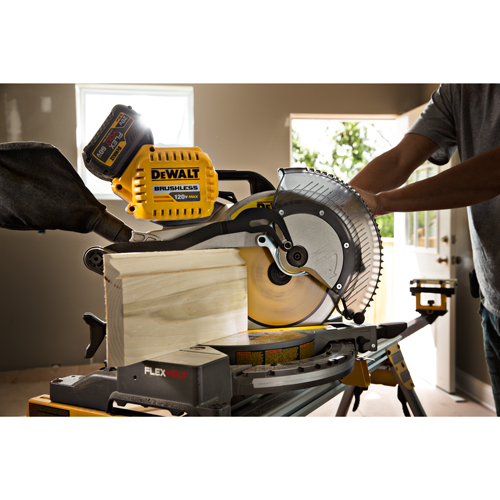You now own one of the most innovative power tools around…the compound miter saw. This excellent tool can quickly and accurately cut two angled surfaces simultaneously (a compound angle). This means a miter can be cut across the face of the board, and at the same time, a bevel can be cut on the end. At first, it might seem a tad complicated. But relax! Here are a few pointers to get you off on the right foot.
Set up the saw in an appropriate space.
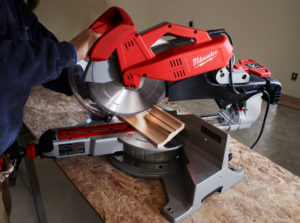
After pulling the saw out of the box, you first need to decide where to place it in the shop or job site. It’s best to attach it to a workbench or stand against the middle of a long wall. This allows for cutoffs on the cutoff side of the blade. If there isn’t a long wall, try to locate the saw near a doorway or other opening that can provide clearance for longer boards.
Take safety precautions
Take a moment and read the instructions and safety information that came with your miter saw. Wear eye and ear protection when using your saw. Don’t wear loose clothing, jewelry, or dangling objects when operating a miter saw. And remember, always keep your hands clear of the blade by at least six inches.
Practice with straight cross cuts
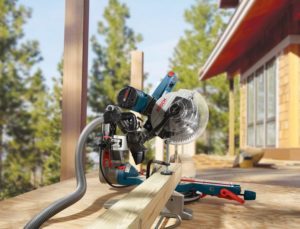
Set the bevel and miter scales to 0 degrees for a straight cross-cut. Position the workpiece firmly against the fence and clamp it securely in place. Miter saws come with vertical hold-down clamps that apply force to the stock in a downward direction. This keeps the stock from lifting into the blade, causing damage and possible injury. Also, long stock must be supported at the same level as the turntable surface.
When the cut is made, turn the saw on and wait for the blade to get up to speed. Then, move the saw head down in a controlled chopping motion. That’s why it is often called a “chop saw.” The sliding compound miter saw can perform cuts similarly when locked into position.
You can cut more expansive stock if you are lucky enough to have a sliding compound miter saw stock. With the head unlocked, it can slide from its resting position to the front of the machine. The blade is pushed back through the stock when making a cut using the sliding mechanism. The pushing action is an important safety factor! The force of the cutting action and the spinning saw blade are directed away from you.
As you finish the cut, do not lift the saw while the blade rotates. Instead, release the power switch and allow the blade to coast to a complete stop before lifting the head. Otherwise, the spinning blade can cause a tear-out or catch a ccutoffpieccutoffaunch in the air.
Try a few miter and bevel cuts.
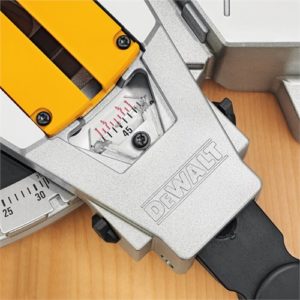
Miter and bevel settings may be used separately. You can cut either a miter or a bevel using the sliding compound miter saw. More importantly, they can be used in conjunction with each other to cut both at the same time.
The angle of the miter to be cut is set by positioning the turntable according to the scale. The miter scale is located on the front portion of the base. To set the miter angle, loosen the table lock mechanism and rotate the turntable to the desired angle. Then, release the lock lever and tighten the lock knob to hold the table and saw head in position. You may note that there are several preset positions on the base. These are angles that are commonly used.
The bevel angle can be set at any angle from 0 to 45 degrees. Like the miter setting, a scale, angle indicator, and locking mechanism are provided for this function.
Again, make sure the workpiece is clamped and firm in position. When making these cuts, use the same motions you used for straight cross cuts.
Sneak up on cuts
Your cutting accuracy will increase with experience. But sneak up on your cut line until you can make spot-on cuts. First, cut about 1⁄16 “to the waste side of your cut line. Then, cut to the line. This finishing cut will be clean and spot-on.
Valuable additions for your saw
Most saws have extensions for supporting materials. Roller stands, useful for supporting long stock, are also available. Stop block systems are great for making repetitive cuts. If you are going to cut crown molding, you may consider special crown molding stops and holders.
If all you will cut is rough lumber, the blade that came with your saw is fine. However, for better performance when cutting hardwood and plywood, replace the original blade with a blade with a high tooth count and a negative rake.
Good luck with your new miter saw! Be safe, and let the sawdust fly!
If you want to know more about using a Miter Saw, check out these other Acme Tools Blog posts.

